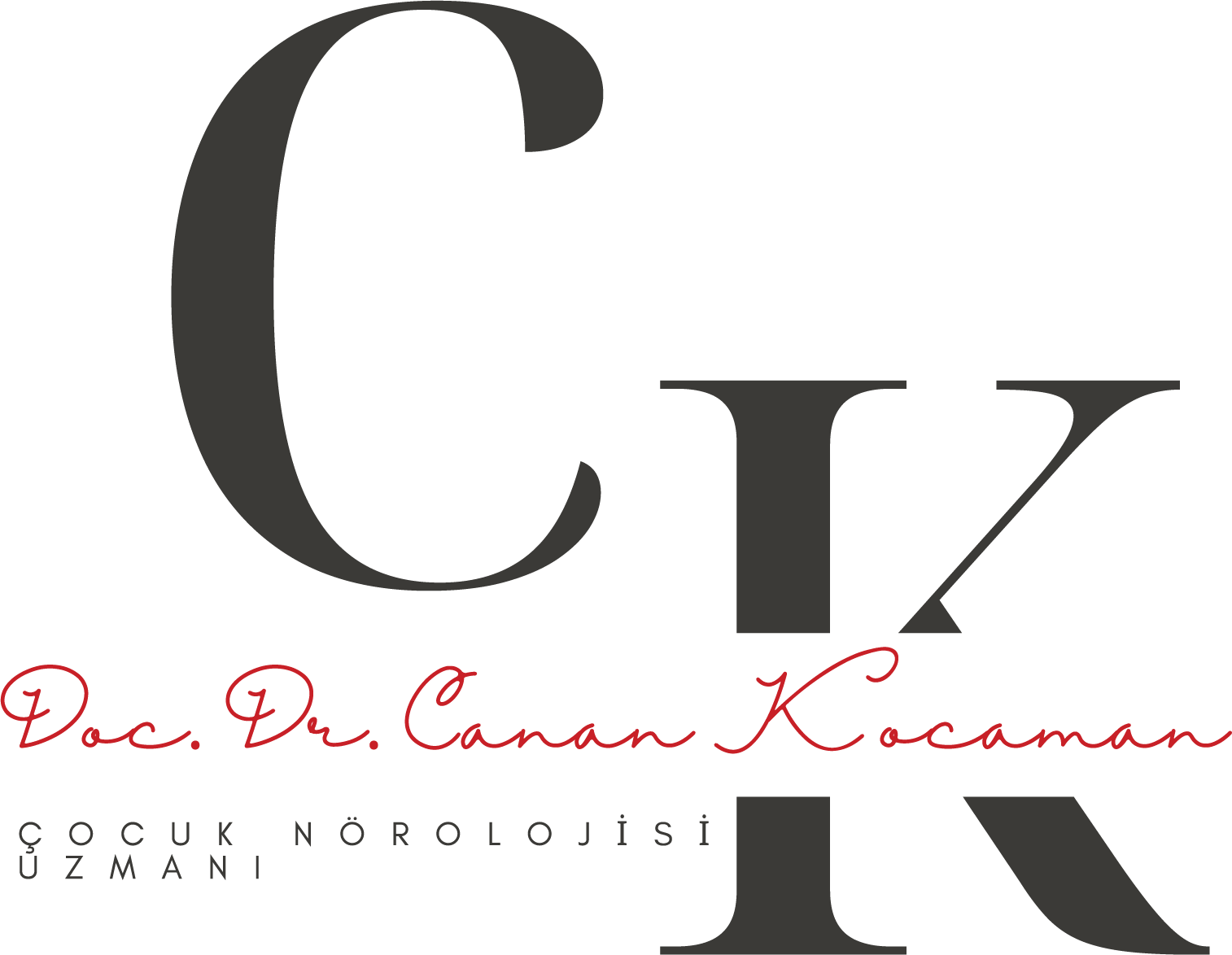Pediatric EEG is a method frequently used today to diagnose neurological problems in children. Neurological diseasesare evaluated differently in adults and children. Common neurological problems in children can be listed as follows;
- Epilepsy
- Febrile convulsions
- Developmental disorders
- Premature birth
- Risky birth
- Chronic headache (tension-type and migraine)
- Fainting
- Gait disturbance
- Behavior disorder
- Autism
- Paralysis
- Cerebral palsy
EEG isused in the evaluation of neurological conditions in children.
Pediatric EEG is a kind of test applied to evaluate the electrical waves in the brain. The data obtained through electrodes also provide information about currents at very low voltage. It should be applied carefully because children move and do not behave harmoniously during the procedure.
What is Child EEG?
The EEG procedure is more difficult in children than in adults. This is because doing something they do not want to do makes children restless. At the same time, crowded environments are also effective in the child's emotional state and can make the EEG processdifficult.
It is generally preferred to be taken during sleep. Abnormal electrical currents in the brain are detected much more clearly during sleep.
Istanbul is a center with many options in terms ofneurology specialist. Choosing a doctor who can communicate strongly with children ensures a comfortable diagnosis and treatment process for children.
Child EEG
Before the EEG examination, which evaluates the electrical current in the brain, it is necessary to be on a full stomach, the hair should be clean and no foam gel should be applied. Since EEG examinationin children is performed during sleep, it is important that the child is kept awake before the examination. In this way, the child will not wake up during the examination. Situations whereEEG isrequired; epilepsy (epilepsy), participation, fainting, hyperactivity and attention deficit. Duringneurological examinations, many diseases can be diagnosed with EEG in recent years and thus qualified treatment planning can be made. EEG is performed by an experienced pediatric EEG technician. It is evaluated and reported by thePediatric Neurology specialist. In children, it is taken only during sleep, and over the age of 5, it is taken as both sleep and wakefulness EEG.
The activation methods used in wakefulness EEG are as follows, respectively;
Eye opening and closing: It should be applied at least 6-7 times for 10 s during theEEG recording. The patient is told “Open your eyes” and 10 s later “Close your eyes” commands are given.
-If the patient does not understand, the eyes can be opened and closed manually (without applying pressure)
Photic stimulation: The same stimulus should be used during the entire procedure
-The illumination of the room should be standardized. It is controlled to look at the photic stimulus 30 cm in front of him/her.
-The lowest frequency light should be used at the beginning and gradually increased. If a seizure occurs, it is stopped.
Hyperventilation 3-5 minutes of deep and regular breathing (18-24/min)
-It is very effective in the evaluation of absence seizures.
Child EEG Shooting Prices
Pediatric EEG takes approximately 1 hour for sleep and wakefulness. In addition, there are many factors that determine its price. For children who do not sleep during the day, night shots are taken at their own bedtime in our clinic.
For detailed information about child EEG shooting prices: 0 532 260 03 34 You can contact us by phone.




